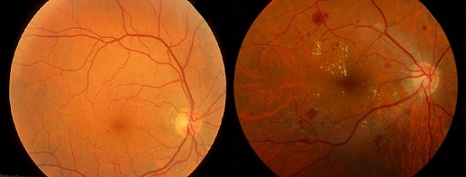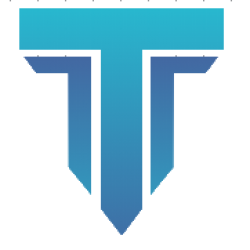Hello readers!
Google has dropped a couple of high magnitude bombs in the tech world this month with its announcements in the Google I/O 2018 which took place from May 8th, 2018 to May 10th 2018, in California.
So the Google I/O topic will be a three-part series. The first two posts will discuss the top products released in the I/O this year. The third post will be about the impacts of these products and the misses of the Google I/O 2018.
So the three main factors based on which these products were ranked
- The innovativeness of the product
- The impact of the product on the society.
- Scale and ease of implementation
So let’s get started!
Top 5 Products Launched in the Google I/O 2018
We all know that Google has been investing largely in Artificial Intelligence and Machine Learning. It has been using AI to build and improve its products. Google shifted from a Mobile First to an AI First approach in 2017 and that shift is yielding great results now. We can see that the performance of the Google products like Google Chrome, Google Photos, Google Assistant, Google Maps, Google Translate and Gmail has improved a lot over the years.
So let us see the top 5 products launched in the Google I/O 2018.
#5. Waymo
Waymo is Google’s Self-Driving Car division. Waymo is launching driverless cars in Phoenix, Arizona at the end of this year.

Waymo is currently is in the pre-deployment stage(not yet fully deployed, but not in the experimental stage). The powerful Deep Learning algorithms and Cloud-Based TPU‘s are the reasons why Google’s Waymo was able to hit roads before the others. It also has two important features namely Behaviour Prediction and Perception.
Behaviour Prediction
Predicting whether a driver is likely to jump a traffic signal or cause any other danger to the car.
Perception
Detecting pedestrians even when they are partly or completely hidden.
For more info visit this link Behaviour Prediction and Perception .
#4. Google AI in Health Care
Google had announced in the last year’s I/O that it has developed algorithms to diagnose Diabetic Retinopathy, a vision degenerative disease which can lead to blindness.

This is extremely difficult to diagnose in the earlier stages and requires experienced ophthalmologists for its diagnosis. So today Google has AI algorithms which can diagnose this based on image recognition. The interesting fact is that these algorithms after extensive training have gathered other information which cannot be gathered by humans. When supplied with an image or fundus, these algorithms can predict the age, the sex of the patient and whether the patient has a cardiovascular disease.
Google has also developed models which can predict whether a patient will get better over time or whether he/she will be re-admitted before they actually come back. This is done by analyzing hundreds of body parameters like blood sugar level, BP etc and establishing some relationship between them and predicting the results. This gives the doctors more time to act.
So it is safe to say that the healthcare sector is in safe hands and the future is bright!
#3. Google Maps and Google AR
Google Maps is one of the most widely used application. But it has had it’s fair share of shortcomings too. There were some times when Maps just told another supposedly shorter route but the route was more or less untravellable that you would have preferred the longer route.

I have also had some bad experiences with Maps but I have had a lot of great experiences. Most of the time Google was correct and it was able to guide us to our destination accurately. I get it that it’s difficult to develop on such a large scale. But since it’s Google our expectations are higher. And Google is doing its part to match or even exceed our expectations.
In this I/O Google has launched a separate option which gives a different route depending on whether you are travelling in your car or motorcycle. They have also launched another feature which makes sharing places between friends easier.
One of the most important developments is that they have decided to improve the walking navigation experience. There have been several times when we don’t know whether to turn left or right and we just keep moving around to see when the blue dot moves. (We are pretty much confused like Joey in F.R.I.E.N.D.S)

But thankfully, Google has developed a solution with the help of AR (augmented reality). When we raise our camera (like the first gif) it shows the direction. They have even developed a virtual guide, in this case, a fox.
(video source: youtube.com. gifs made with giphy.com)
It also shows all the neighbourhood hotels and landmarks when we just move our mobile camera. So that’s pretty cool!!
Google Lens (Google’s Augmented Reality Application) has received some new features. Now we can convert a photo into a PDF directly without any intermediate steps. We can copy text from photos or images and include them in any text document we want to create. Also if we want to know about any new dress or new article we can just point our camera and it will do the searching and give us the related results. So Google Lens essentially taps the power of the mobile camera and cloud-based AI systems to give us answers to our questions when we need it.
The top 2 products will be discussed in the next post.
Guesses are welcome in the comments section.
Thank You for reading and Bye!


Wow! Google is improving exponentially. Now I have more reasons to fear Google.
LikeLike
It is becoming increasingly scary, but we need to wait and watch whether they turn into Jarvis or Ultron.!!
LikeLike